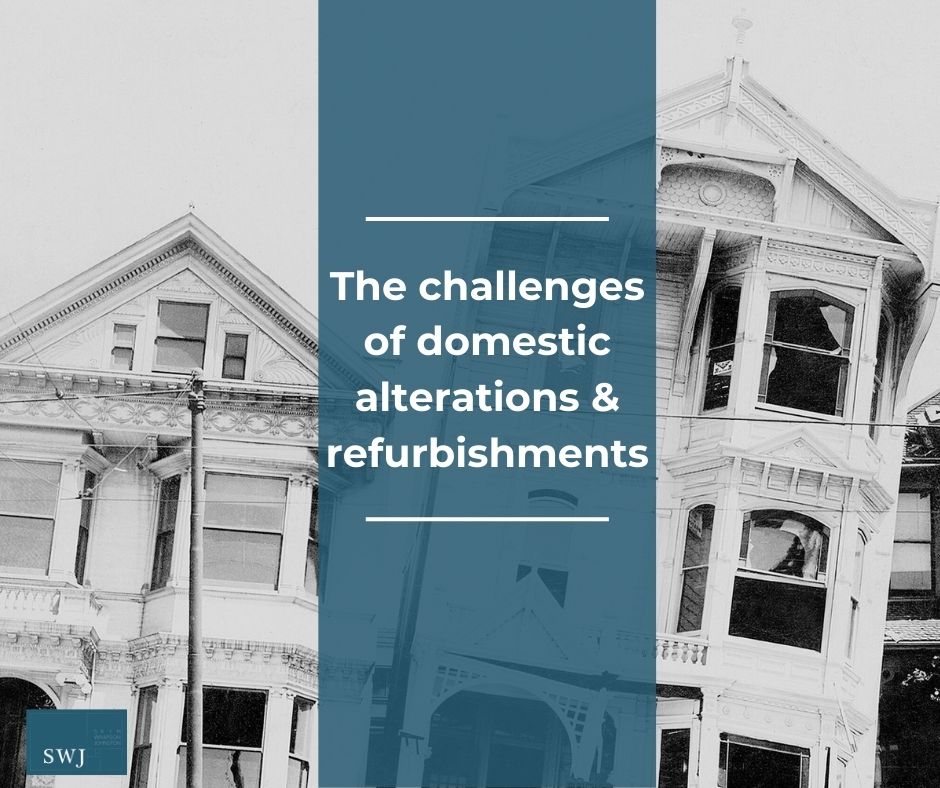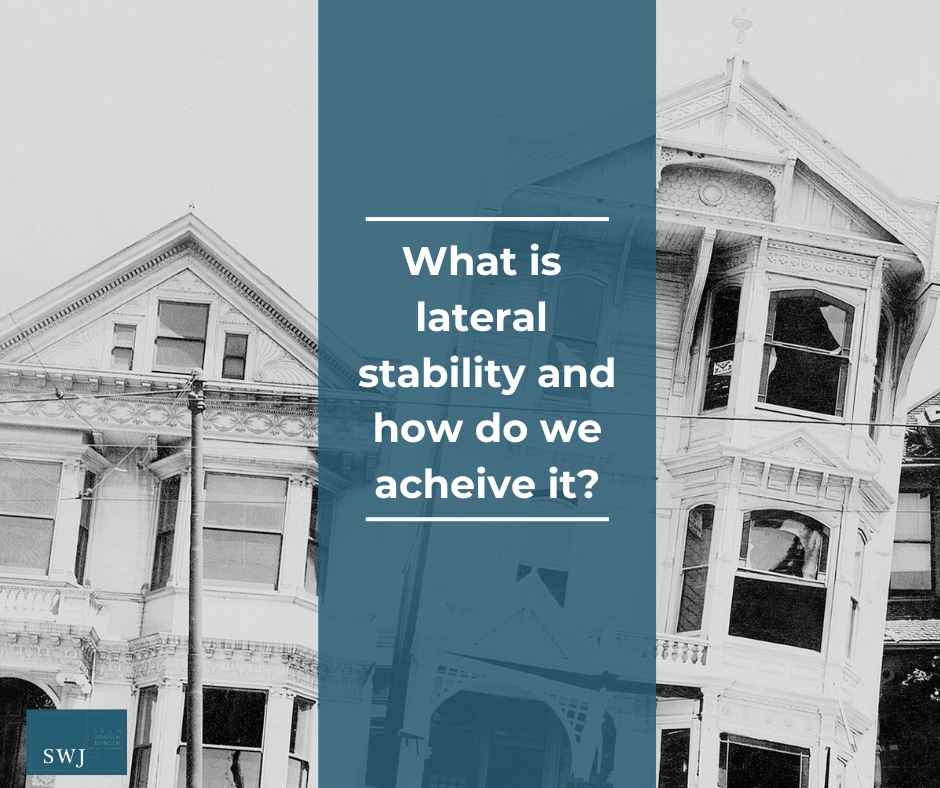Delivering foundations for Modular Homes – below ground considerations
SWJ Consulting is based in Witney, Oxfordshire and welcomes the news that Oxford City Council’s housing company is looking to deliver over 2,500 low carbon homes over the next 10 years under a £750m modular construction framework. We have worked extensively on modular homes, and whilst our brief is usually limited to the design of the foundations and a few ancillary items, this still allows us to use our local knowledge to add significant value to the project.
Oxford’s ground is variable; a mix of clay and granular deposits. Near the River Thames, the ground is soft clay overlying the high volume change potential Oxford clay underneath. The likelihood, depending on the size of the building and the effects of trees, is that you would need to pile foundations, which is an expensive option when compared with traditional concrete poured foundations.
There are also additional problems of piling at depth because of sulphates in the clay. The Oxford clay at depth tends to have a high sulphate content that demands an exceedingly high specification of concrete that is not only expensive but can be hard to get hold of.
As a consultancy, when dealing with foundations for Oxford’s soft clay, we recommend a thorough site investigation that includes trial pits and boreholes, which are not always specified at this level. Getting the specification correct for the site investigation is critical in finding the right solution. Spending more on an initial and thorough site investigation will pay dividends when suitable foundations can be found that avoids the expense of deep piling into clay.
Oxford also has a seam/ribbon that runs away from the river and through Summertown, up the Banbury and Woodstock Roads, that is granular and perfect for building on. This is why all the old college buildings were originally built there, flanking those main roads into the city centre. But, as you drift out east towards Marston the ground becomes clay again.
Along the Abingdon Road on the right-hand side between the road and the river, the granular soil is full of water, running sands. The terraced housing is literally floating on ‘soupy sand’, but, the buildings are older and more flexible, and are not disturbed by any movement as everything is contained.
This variation in ground types throughout the city is why proper ground investigations for each of the Council’s proposed sites are vital.
SWJ Consulting has found that a good alternative solution to piling is rafts; whether piled, ground bearing or rafts on improved ground. Rafts give the modular frame contractor a nice flat base on which to build, spreading out the load so there is no fear of sinking.
Another advantage of rafts is that they are at ground level and have discrete fixing points. The modular construction does not have to have longer legs, or legs that will be put into the ground – saving on the complications and calculations of steelwork treatment.
Using rafts requires co-ordination between the structural engineers, civil engineers, incoming services and modular manufacturers to ensure there are no clashes and everything comes together nicely. We work in a 3D environment with digital construction methods so we can integrate all designs and changes, and work in efficient collaboration with other trades and professions.
If you are considering a modular project and want advice on foundations or ancillary elements such as balconies, walkways and masonry, then give us a call on 01993 225 085 or email mail@swjconsulting.co.uk




